Soft scrolls of muted jade, dramatic jewel-toned gables, and sage-washed porches have always helped Victorian façades feel alive with history. Today’s green Victorian house colors invite that same storytelling, just with safer pigments and modern coatings that stand up to weather and UV. Below you’ll find twenty richly different greens—each tied to a documented historic formula or trend—along with tips on where they shine, how to pair trims, and why they flatter the ornate depth of Victorian architecture. Pick one, test a sample in varying light, and let your porch brackets and fish-scale shingles glow.
1. Guilford Green—Versatile Green Victorian House Color
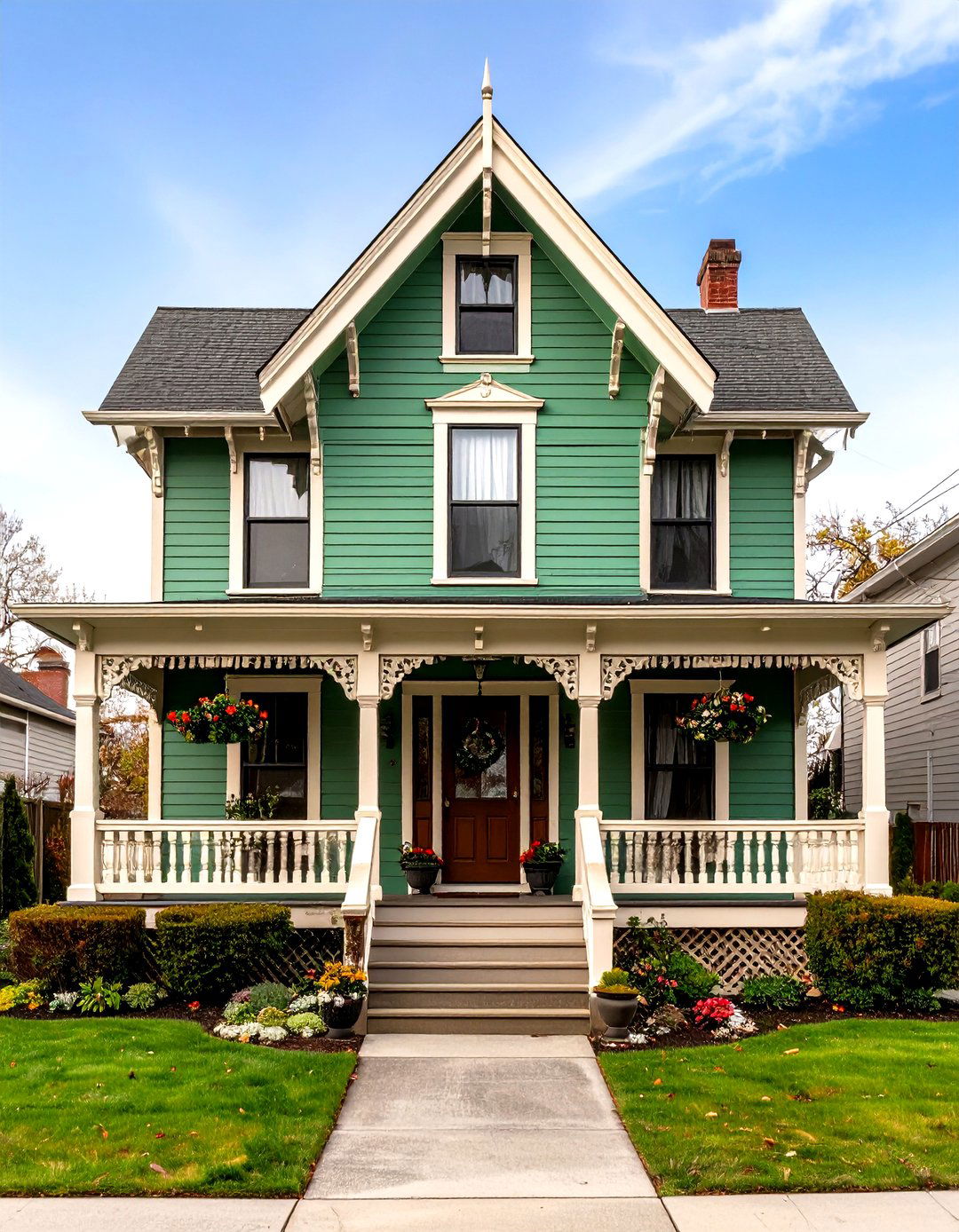
A celebrated hue from a long-standing historic palette, Guilford Green HC-116 bridges herbal sage and muted olive, earning the nickname “nature’s neutral.” Benjamin Moore The mid-tone works beautifully on clapboard or shingle bodies, especially when you highlight brackets and eave corbels in warm cream. Because the color carries equal parts warm and cool undertone, it pairs effortlessly with brick foundations, weathered stone steps, or a mahogany porch floor. If you crave a subtle three-color scheme, layer Guilford Green field boards with lighter trim and a deep oxblood front door—letting the green Victorian house color act as a calm backdrop while ornate trim provides the jewelry.
2. Rookwood Dark Green—Deep, Dramatic Green Victorian House Color

Victorian designers adored saturated, blackened greens for conveying prosperity, and Rookwood Dark Green SW 2816 revives that attitude without looking somber. Sherwin-Williams The shade draws its depth from cool forest tones, so it frames stained-glass transoms and Eastlake spindlework with bold contrast. Use it on the main body, then accentuate turned porch posts in a mid-gold and pick out balustrade beads in russet for an Aesthetic-Movement palette that truly pops. Because the color absorbs light, sample it on the sun and shade sides before painting. For homeowners in damp climates, a satin exterior finish keeps this green Victorian house color richer and easier to clean.
3. Gloucester Sage—Subdued yet Stately Green Victorian House Color
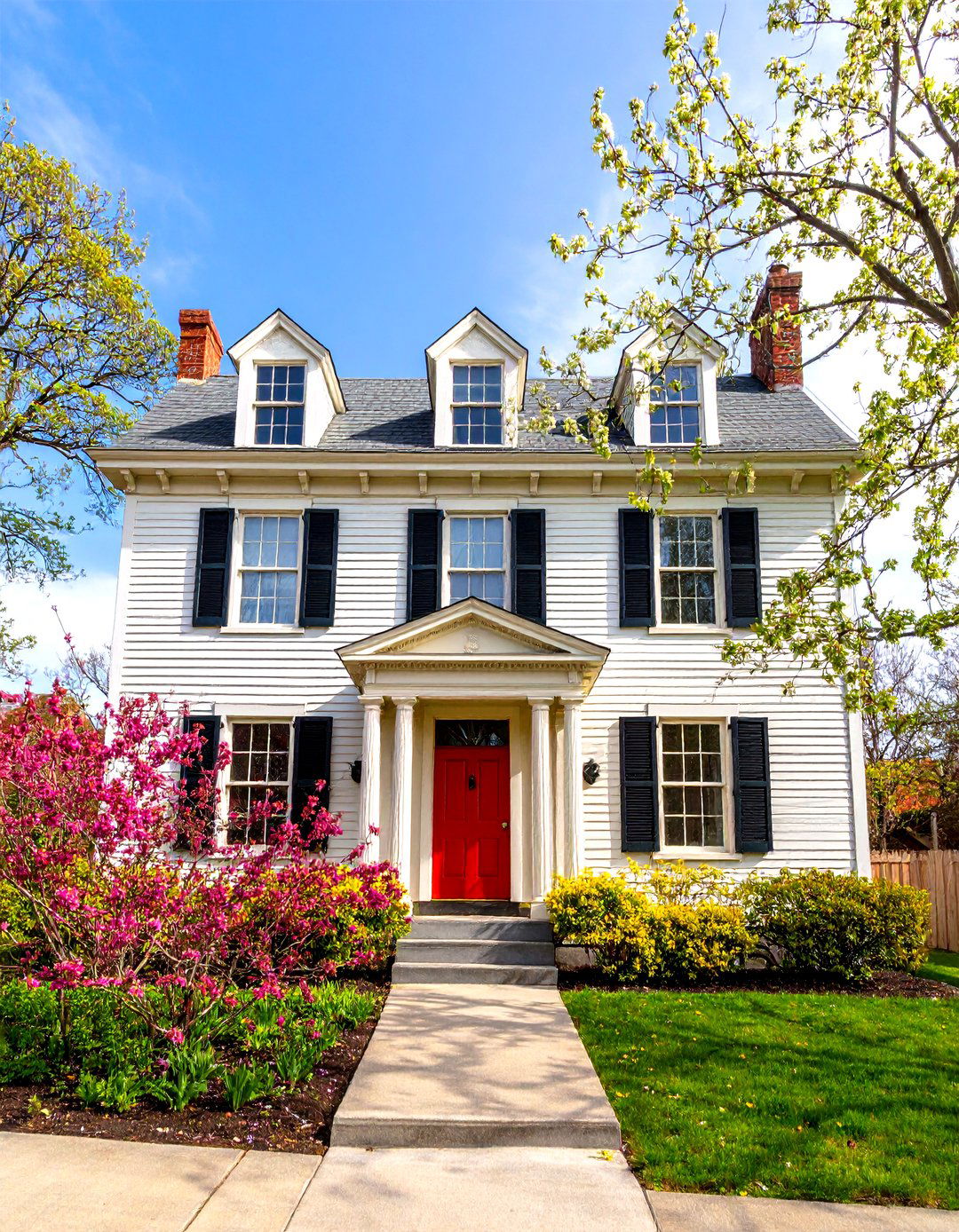
Originally prized for exterior shutters, Gloucester Sage HC-100 gained popularity on entire façades because its gray undertone tempers green’s exuberance. Benjamin Moore The hue excels on Italianate or Second Empire houses that feature wide cornerboards and paired brackets; painting the field boards Gloucester Sage lets carved details remain prominent without overwhelming the eye. Parchment-white window casings sharpen the lines, while a wine-red front door amplifies period drama. If you prefer a tricolor scheme, flank gable ornaments with muted straw yellow for subtle warmth. This adaptable green Victorian house color even harmonizes with galvanized roofing or copper gutters that have taken on a natural patina.
4. Renwick Olive—Refined Olive Green Victorian House Color

Renwick Olive SW 2815 mirrors the late-Victorian shift toward organic, olive-toned body colors inspired by Aesthetic art prints. Sherwin-Williams The pigment’s brown base gives your siding an aged, settled look—perfect for high-style Queen Annes whose multilevel surfaces demand unity. Highlight dentil moldings in pale khaki, then outline window sashes in very dark plum for crisp punctuation. When used on porch lattice and skirt boards, Renwick Olive hides dirt while still reading sophisticated. If you worry about olive looking muddy, choose a semi-gloss finish on trim for contrast and keep landscaping lighter; silver-leafed lamb’s ear or white hydrangeas brighten this green Victorian house color beautifully.
5. Victorian Garden—Warm Neutral Green Victorian House Color
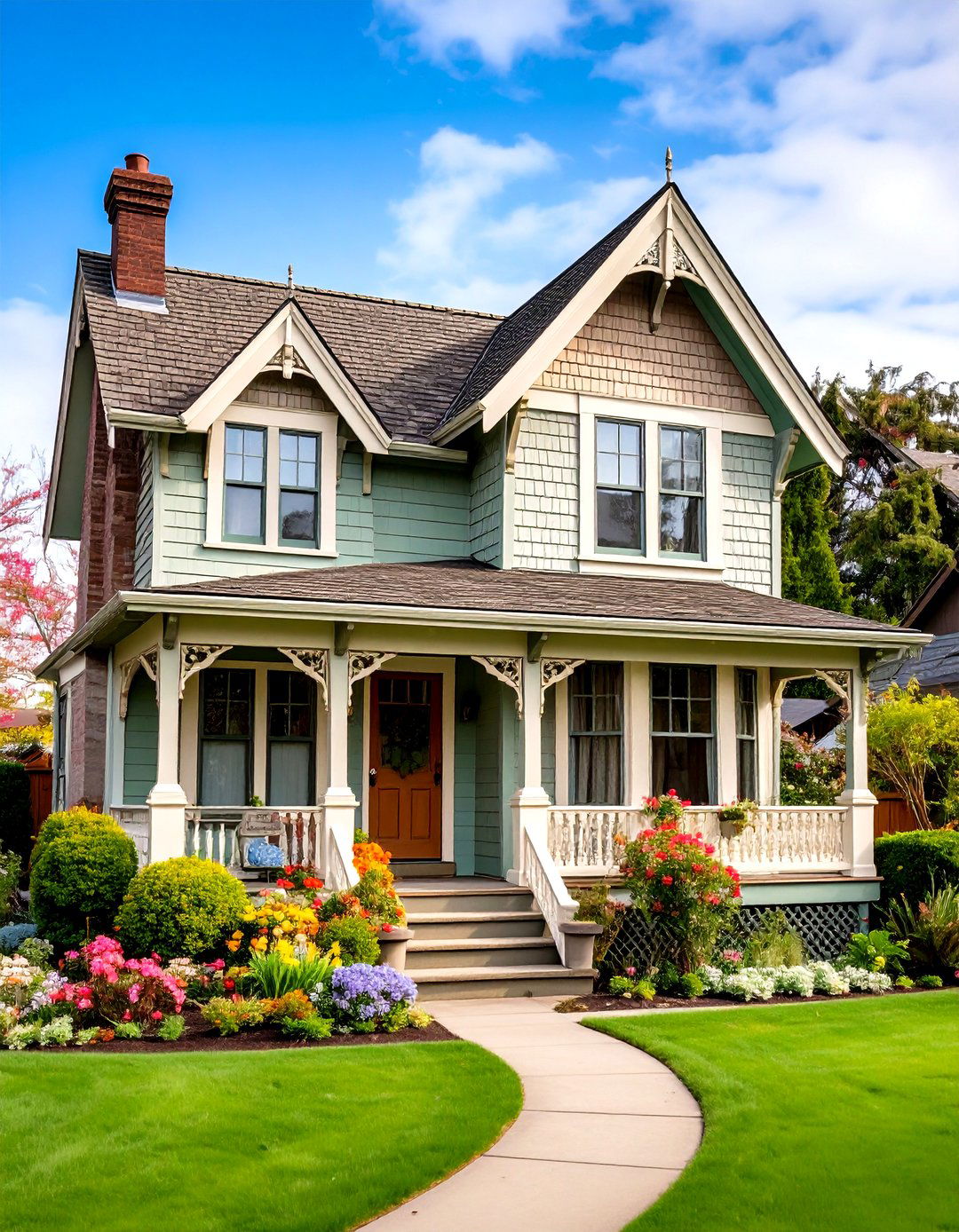
Victorian Garden 1531 adds just a whisper of green to a beige base, giving homeowners who fear bold color a comfortable entry point into historic palettes. Benjamin Moore On Stick-Style cottages, brush it across shingle swaths so ridge-board scrolls and diagonal braces remain the stars. Pair with crisp ivory window hoods and muted cocoa porch decking for an earthy trio. Because it carries higher light-reflectance than deeper olives, it can enlarge a narrow city lot visually. If you own a brick chimney, let the masonry remain unpainted—the warm clay flecks in this green Victorian house color echo those tones for instant cohesion.
6. Oakmoss—Earthy, Saturated Green Victorian House Color
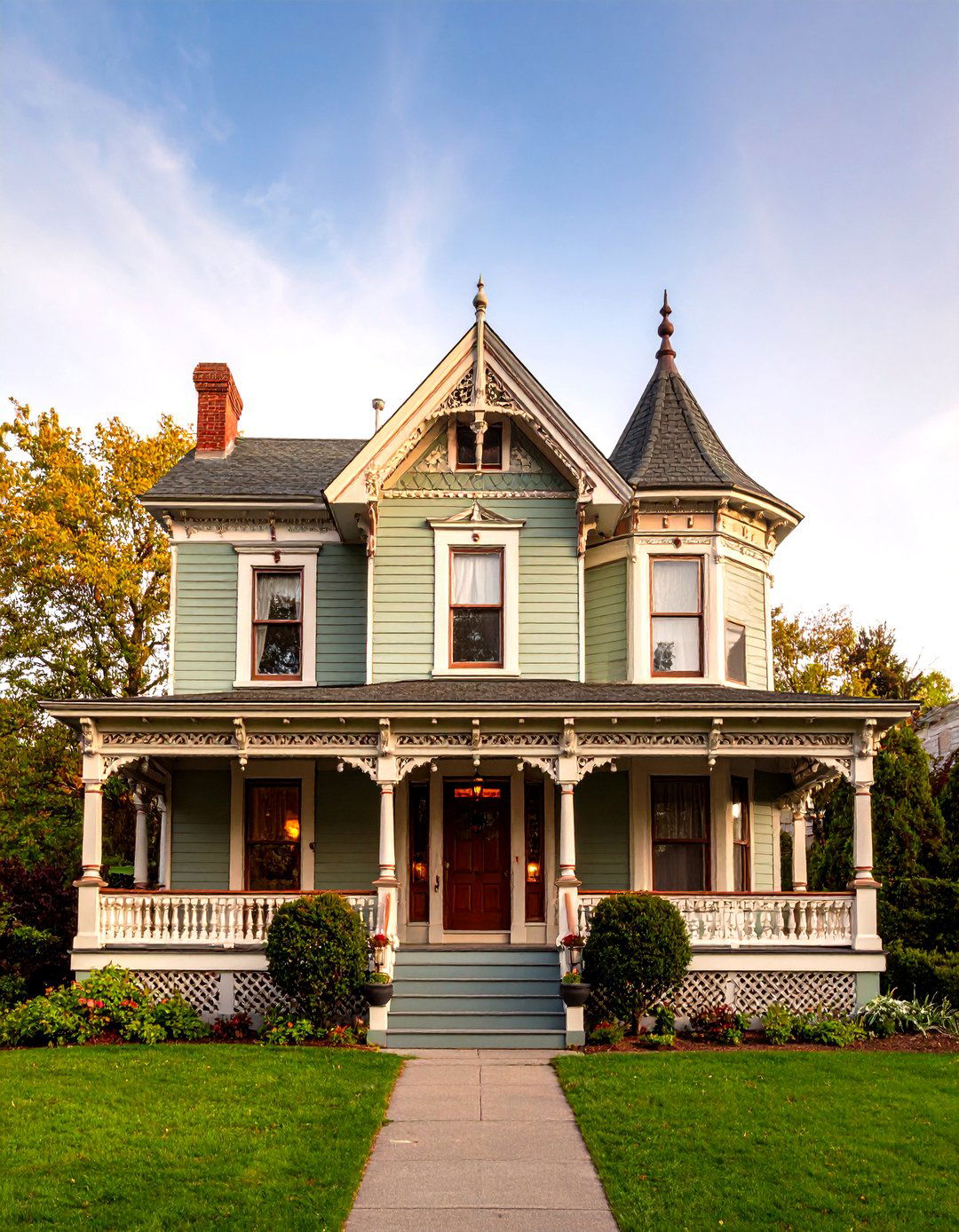
Oakmoss SW 6180 brings the golden undertones of forest lichen to siding, creating an inviting, sun-kissed façade. Sherwin-Williams The Color Concierge Use it on body boards, then outline dentils, vergeboards, and corbels in a soft moss gray; the combination feels authentic to late-19th-century taste yet fully current. Oakmoss is also forgiving of shadows cast by wraparound porches, keeping its warmth without turning black. If your home features stained-glass transoms heavy on ruby or amber, Oakmoss enhances those jewel tones gorgeously. To modernize, finish doors in satin black hardware and let copper fixtures age naturally against this rich green Victorian house color.
7. Rookwood Jade—Gem-Like Green Victorian House Color

Drawn from a documented preservation palette, Rookwood Jade SW 2812 offers a lively mid-jade that enlivens Eastlake fretwork and spindle friezes. Because it balances blue and yellow pigments, it reads vibrantly in shade yet never neon in sun. Try it on turret shingles while keeping the main clapboard a neutral stone; this hierarchy accentuates architecture without a circus effect. Creamy camel trim calms the palette, and a mulberry door supplies Victorian drama. If you’re highlighting pressed-tin ceiling panels on an exterior porch, coat them in the same jade for a subtle, cohesive ceiling plane that carries the green Victorian house color overhead.
8. Rookwood Sash Green—Architectural Accent Green Victorian House Color
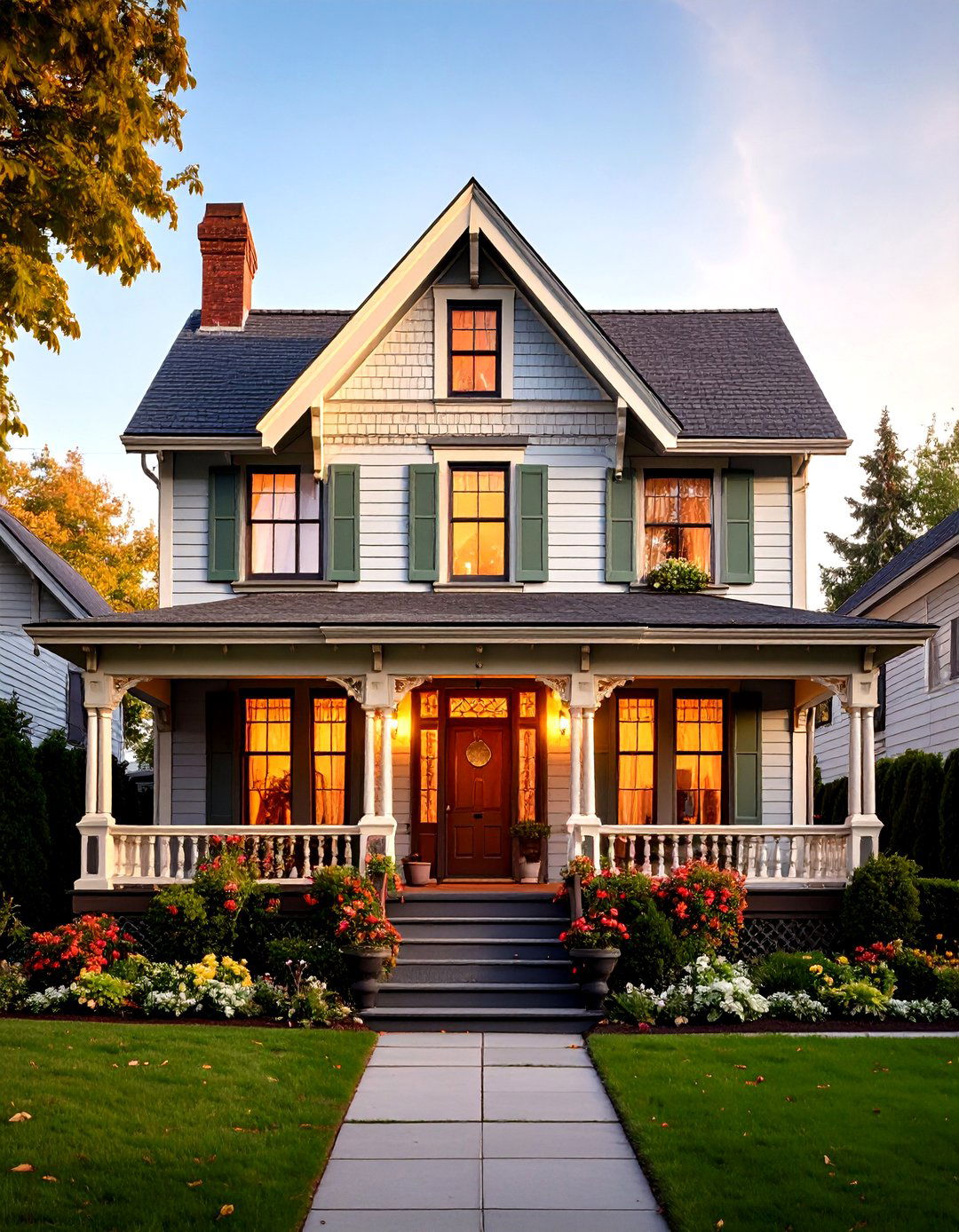
Thin, dark window sash lines define Victorian facades, and Rookwood Sash Green SW 2810 recreates those crisp frames in a near-black teal. Apply it to muntins, newel caps, and porch balustrade rails to ground lighter body colors such as creamy buff or pale salmon. On weatherboard, a satin sheen helps this color mimic historic oil paints while concealing roller overlap. Pairing the sash tone with Rookwood Jade panels produces a heritage two-tone that feels curated. The inky depth also hides everyday grime—a practical bonus for busy streets—so your green Victorian house color scheme keeps looking freshly painted longer.
9. Knoxville Gray—Moody Green-Gray Victorian House Color
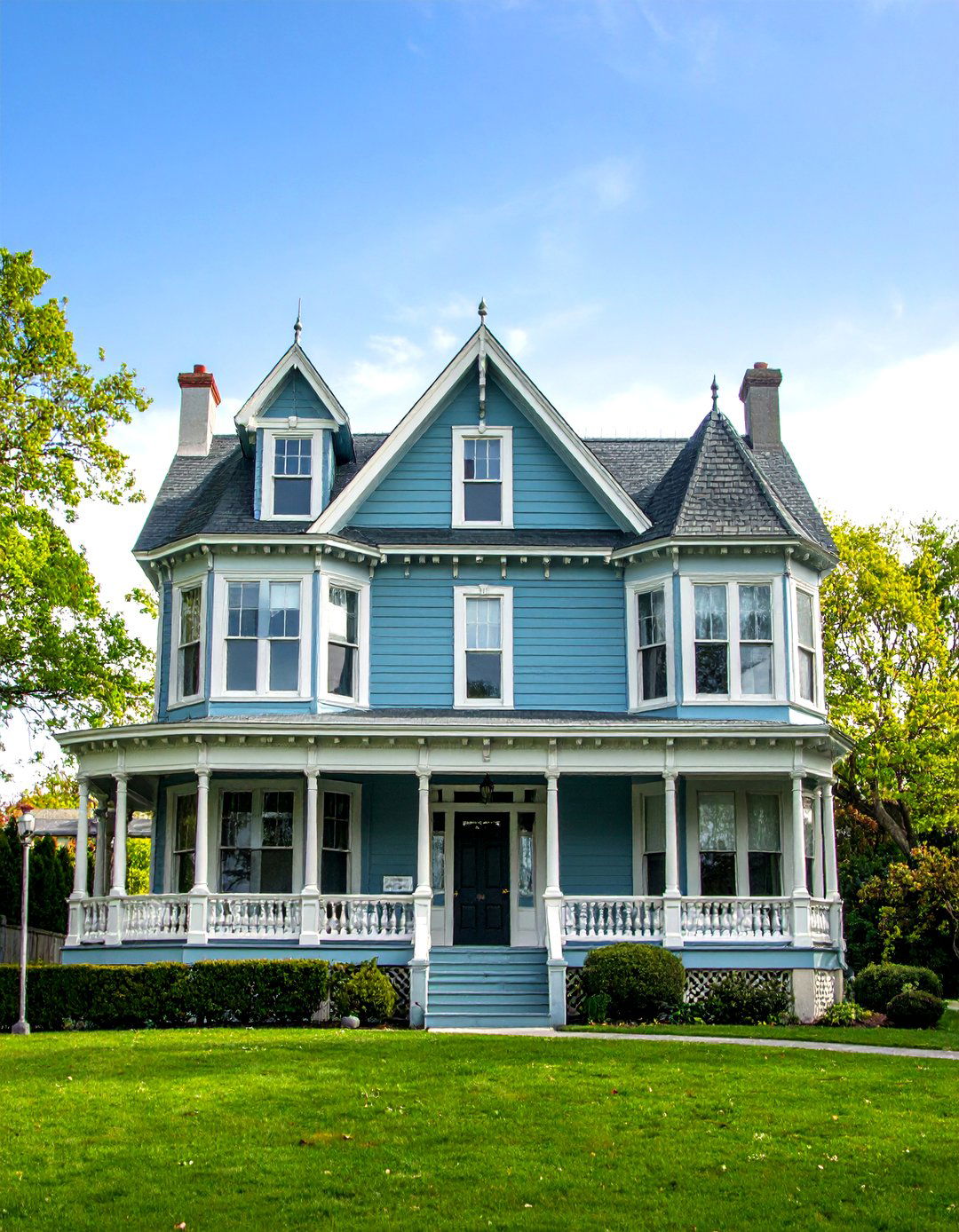
Knoxville Gray HC-160 tilts toward a deep blue-green slate, delivering an atmospheric vibe perfect for towering mansard roofs or dramatic gables. Benjamin Moore When brushed over octagonal bay projections, it recedes slightly, letting ornate brackets command attention. Accent lantern brackets and porch ceilings in pale seafoam to soften the mood, and finish the front door in lacquered black for period authority. Because this green Victorian house color is chameleon-like, be sure to test near landscaping; coniferous trees will draw out its green, while red maples emphasize blue notes. A low-sheen acrylic helps it resist chalking without turning plastic-shiny.
10. Cushing Green—Balanced Dark Green Victorian House Color
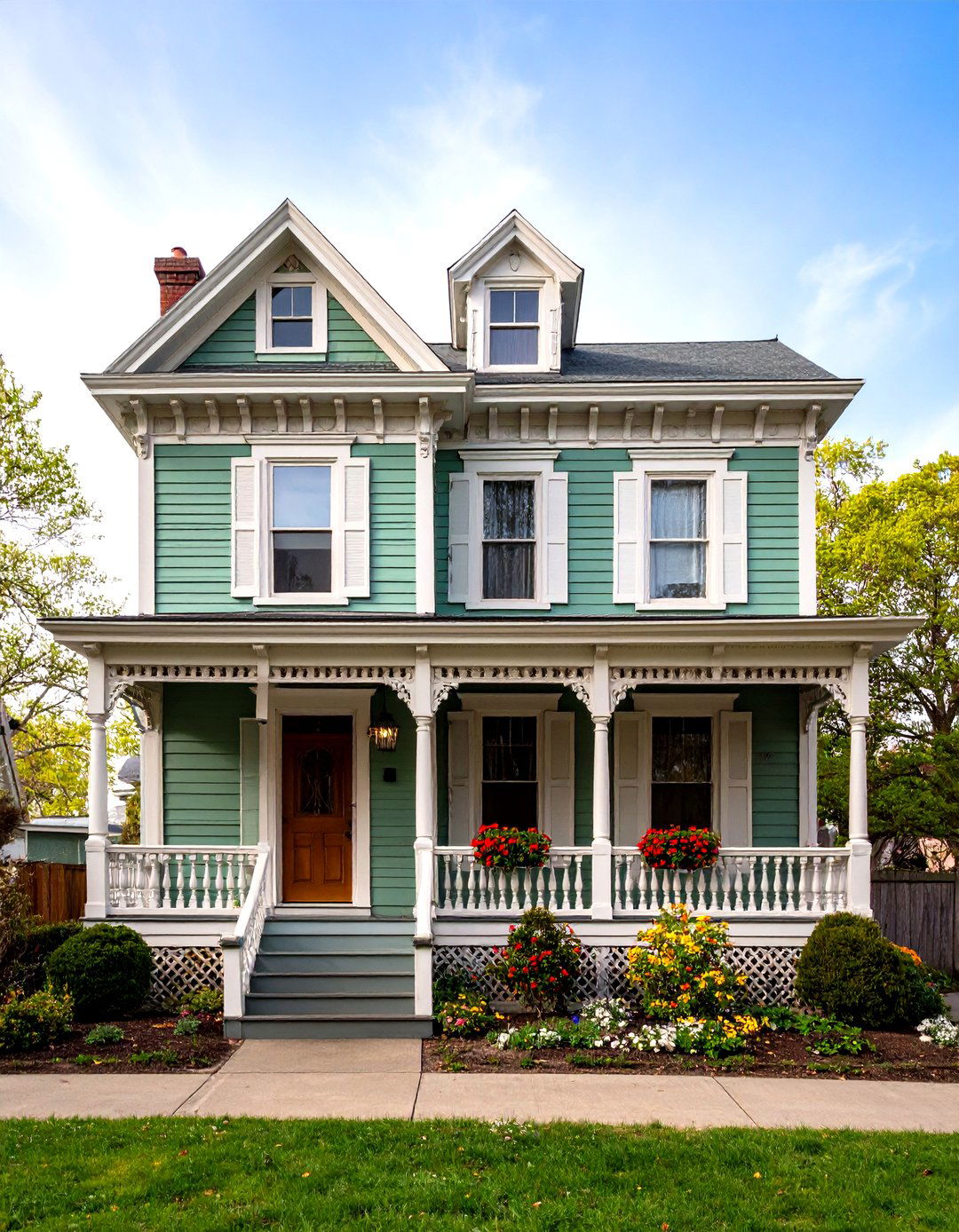
Cushing Green HC-125 strikes harmony between somber forest and lively moss, making it an ideal body color when you want depth without blackness. Benjamin Moore Use it on wide clapboards, then layer window surrounds in soft ivory to punctuate rhythm. Touches of cinnamon on turned porch balusters reflect the historic love of complementary contrasts. To keep the heavy tone from overpowering, paint the soffits a whisper-light sage so eaves feel lifted. For homeowners battling mildew, Cushing Green’s lower light-reflectance conceals surface dirt between washings, preserving the stately impression of your green Victorian house color year after year.
11. Bayleaf—Muted Herbaceous Green Victorian House Color
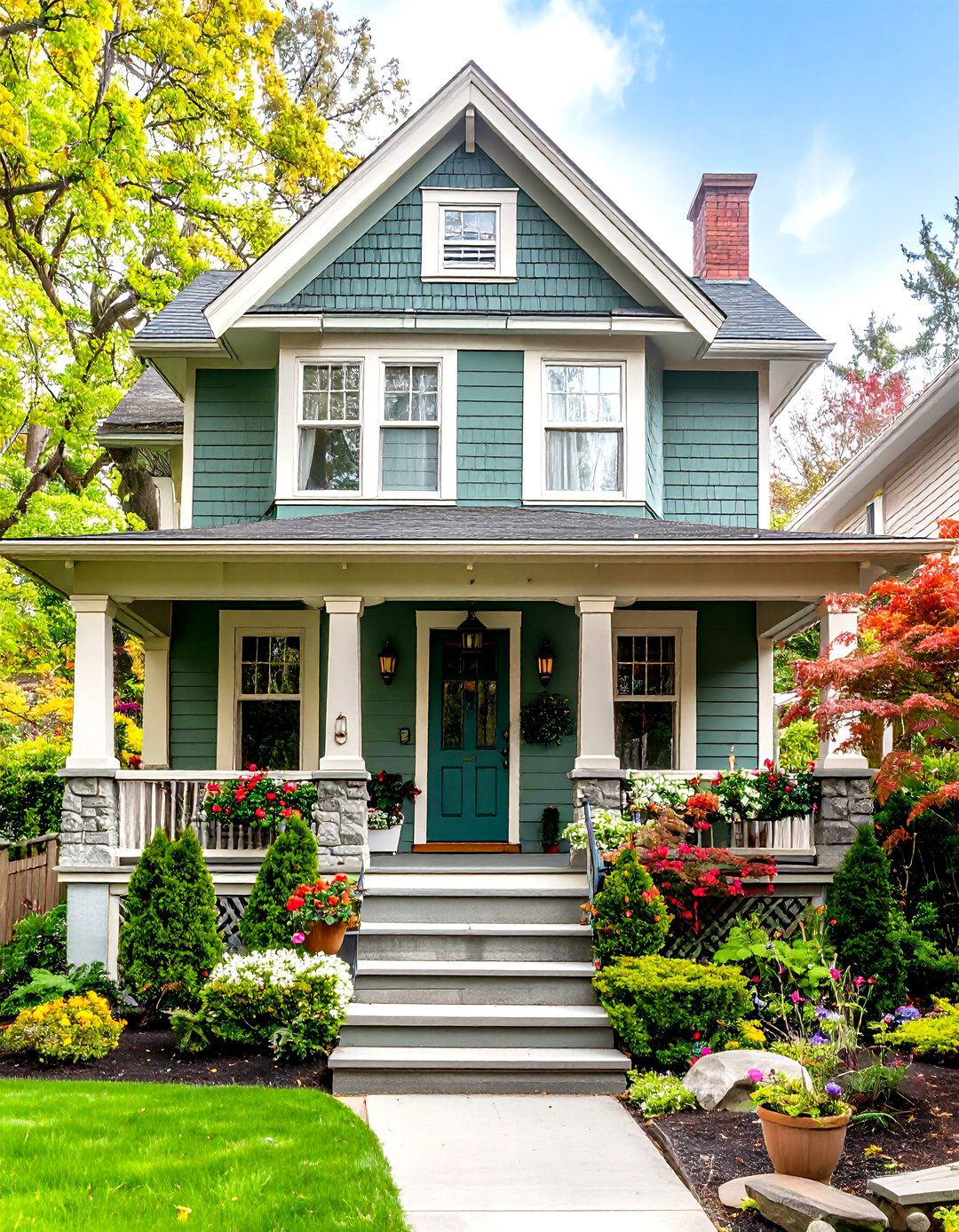
Bayleaf 1533 offers an earthy brown-green that underscores the rustic side of Victorian taste—think Shingle-Style retreats on wooded lots. Benjamin Moore Paint shingles or board-and-batten siding in Bayleaf, then echo the hue on window flower boxes to amplify garden ties. Bronze or oil-rubbed-bronze hardware complements the undertone, while a dusty terracotta porch ceiling recalls traditional haint blue swapped for a warmer spectrum. Because Bayleaf has a low LRV, illuminate paths with warm Edison-style porch sconces to prevent the façade from disappearing after dark. This quietly confident green Victorian house color is ideal when you crave subtle sophistication over sparkle.
12. Rookwood Shutter Green—Accent-Friendly Green Victorian House Color
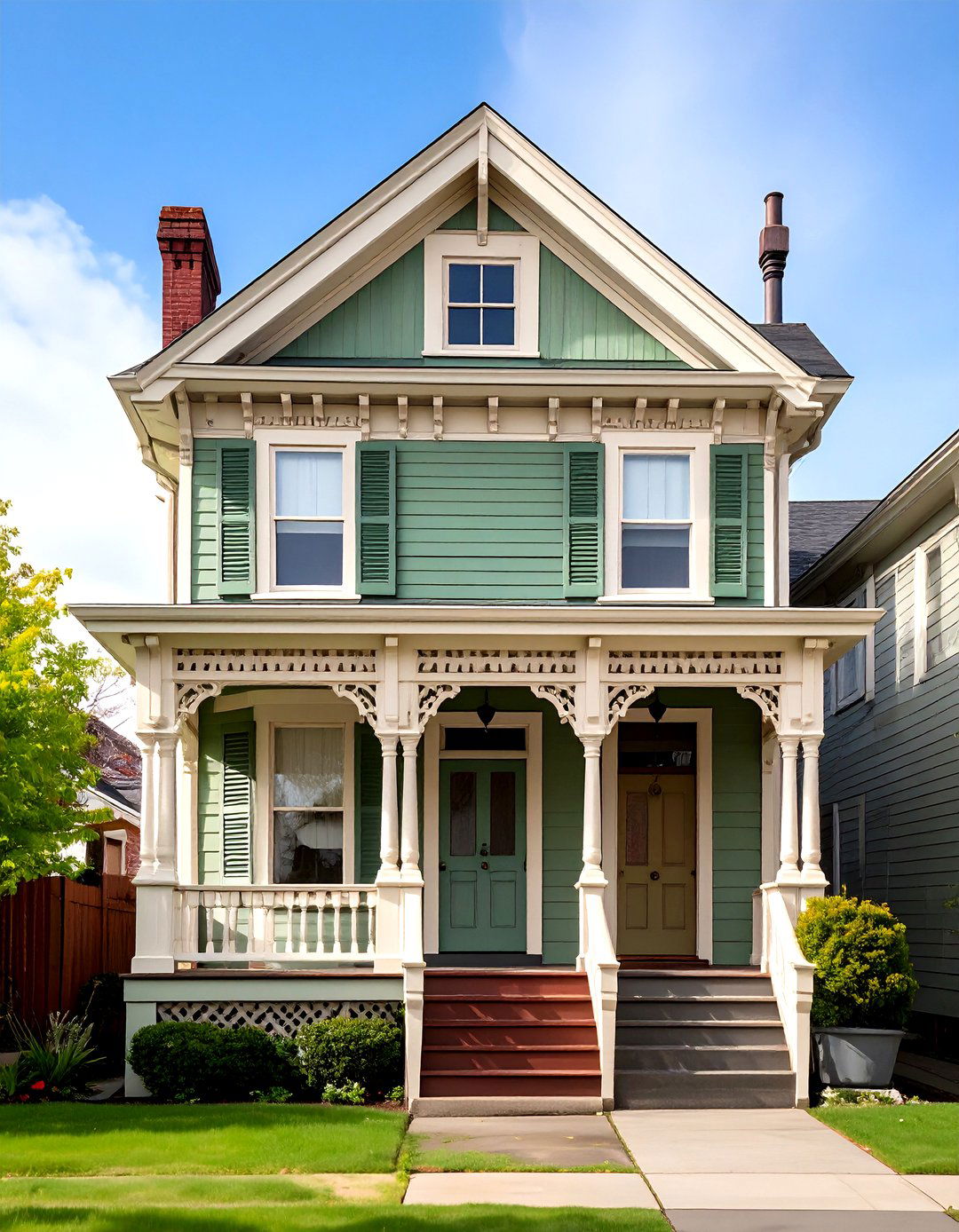
Historic pattern books urged dark shutters for contrast, and Rookwood Shutter Green SW 2809 still delivers that crisp outline. If your home lacks operable shutters, repurpose the hue on vergeboard sawtooths, porch skirt vents, or newel finials. Layer against a lighter olive body to maintain hierarchy: the deep accents read as jewelry, not competing attire. When paired with unlacquered brass house numbers, the color’s almost-black depth gleams elegantly. For extra period charm, stencil the house name on the transom in gilt letters framed by this green Victorian house color, linking signage and sash into one composed statement.
13. Glade Green—Soft Botanical Green Victorian House Color
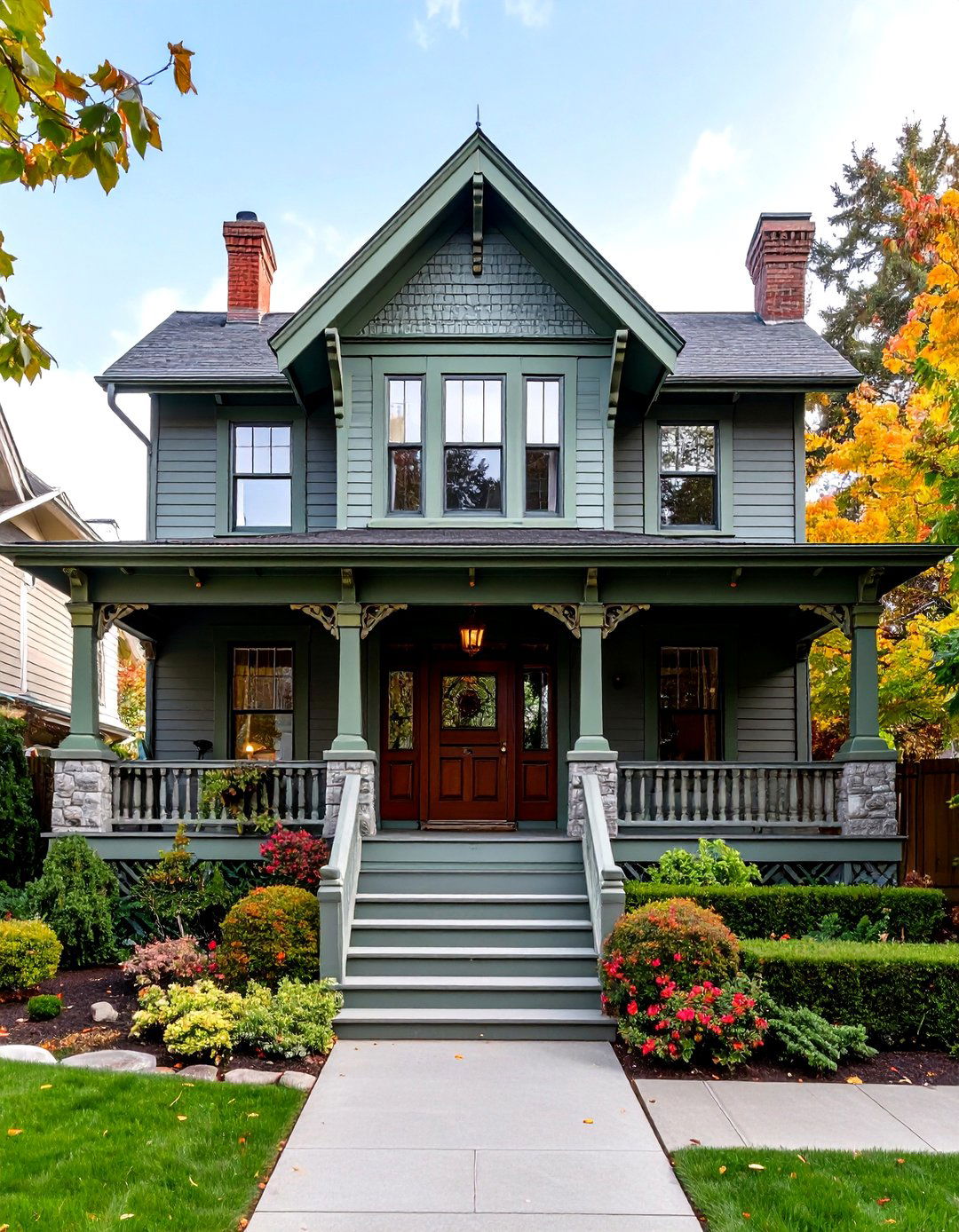
Glade Green SW 9669 leans dusty chartreuse, bringing energy to subtle façades without shocking the neighborhood. Sherwin-Williams Use it on flat-board porch ceilings to echo garden foliage overhead or paint gable soffits so scroll brackets pop. Because the hue carries yellow, complement body siding with a grayer shade—think river-stone gray—to keep schemes balanced. A dark walnut stain on doors tempers the lift. On milder winter days, Glade Green reflects soft sunlight, giving your green Victorian house color a bright yet historic air reminiscent of freshly sprouted leaves in a Victorian conservatory.
14. Saybrook Sage—Calming Sage Green Victorian House Color
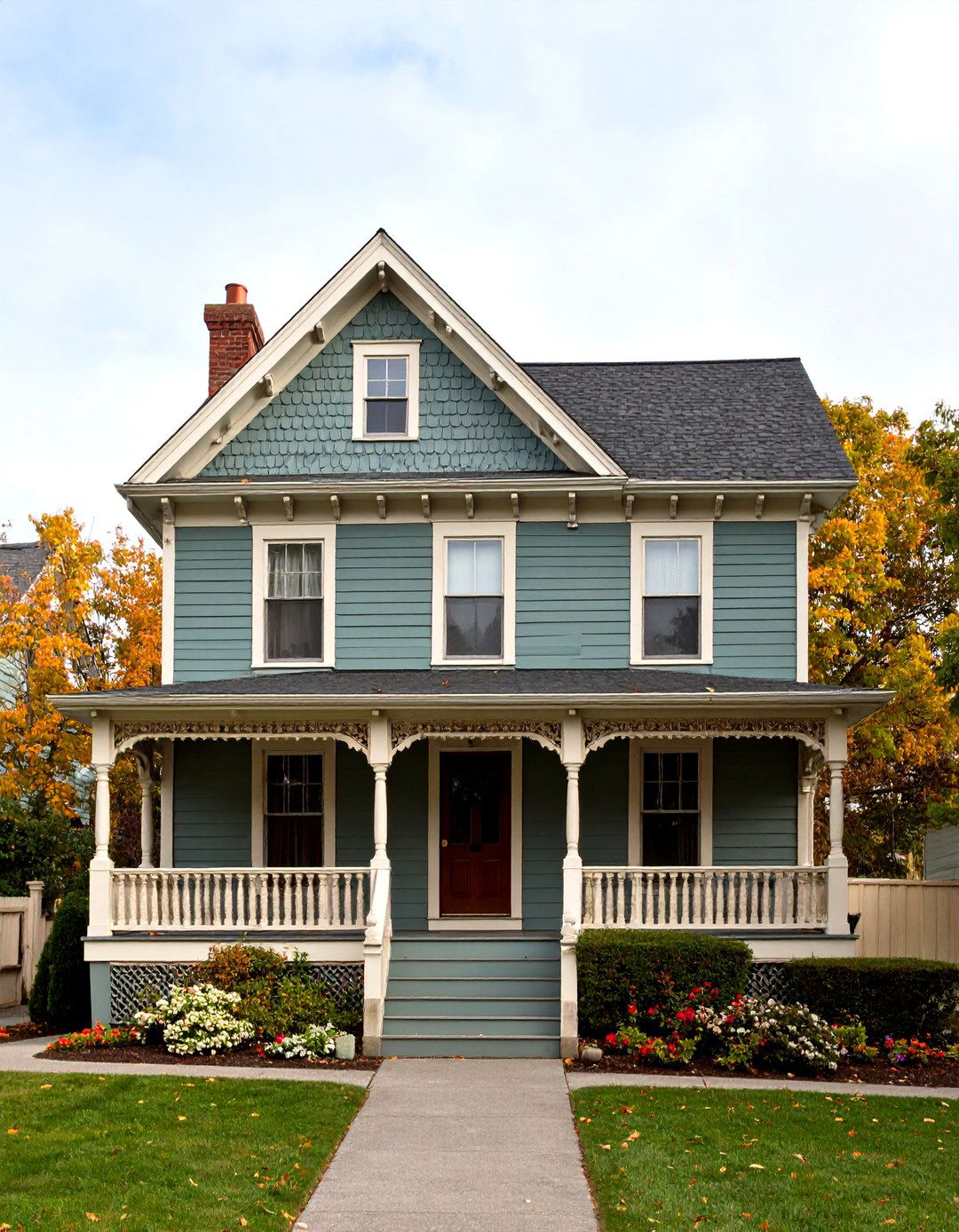
Designers praise Saybrook Sage for its gentle gray-green balance, which makes fretwork feel relaxed rather than formal. Homes & Gardens Apply it to second-story shingles, then let lower clapboards remain a creamy buff for a grounded-top, light-base composition—a Victorian trick for adding height. Because the color feels almost neutral, you can introduce exuberant porch tile patterns without clashing. Copper gutters fresh from the mill glow against this green Victorian house color before mellowing to verdigris that still harmonizes centuries later. If you’re hesitant, trial Saybrook Sage on a summerhouse or carriage-house door first; many owners upscale it to the main residence once convinced.
15. Sagebrush—Desert-Inspired Green Victorian House Color

Sagebrush CSP-770 borrows its muted tones from hardy Southwestern shrubs yet adapts beautifully to Victorian gingerbread. Benjamin Moore Brush it across vertical board-and-batten additions or tower accents to lend a frontier sensibility to East-Coast ornate facades—a nod to railroad-era expansion. Pair with dusty rose brackets and ochre beadboard ceilings to echo desert blooms. Because this green Victorian house color holds a bit more gray, it transitions smoothly into stone foundations and concrete steps, making maintenance areas less obvious. A satin clear coat on cedar porch posts enriches the entire palette.
16. Emerald Revival—Modern Take on Paris Green Victorian House Color

Victorians adored vivid emerald pigments like Paris Green, even though arsenic made them deadly. Wikipedia Art & Object Today’s arsenic-free emerald coatings capture that jewel tone safely. Use a contemporary, non-toxic emerald on accent elements—gable sunbursts, rosette blocks, or turned balusters—while keeping the body neutral to avoid overpowering. Pair with off-black window sash and thin gold striping on porch brackets to echo late-19th-century grandeur. If you crave subtle sparkle, glaze the emerald with a low-sheen clear historic varnish. The result: a green Victorian house color that honors past opulence while meeting current health codes.
17. Scheele’s Soft Green—Historic Inspiration Green Victorian House Color
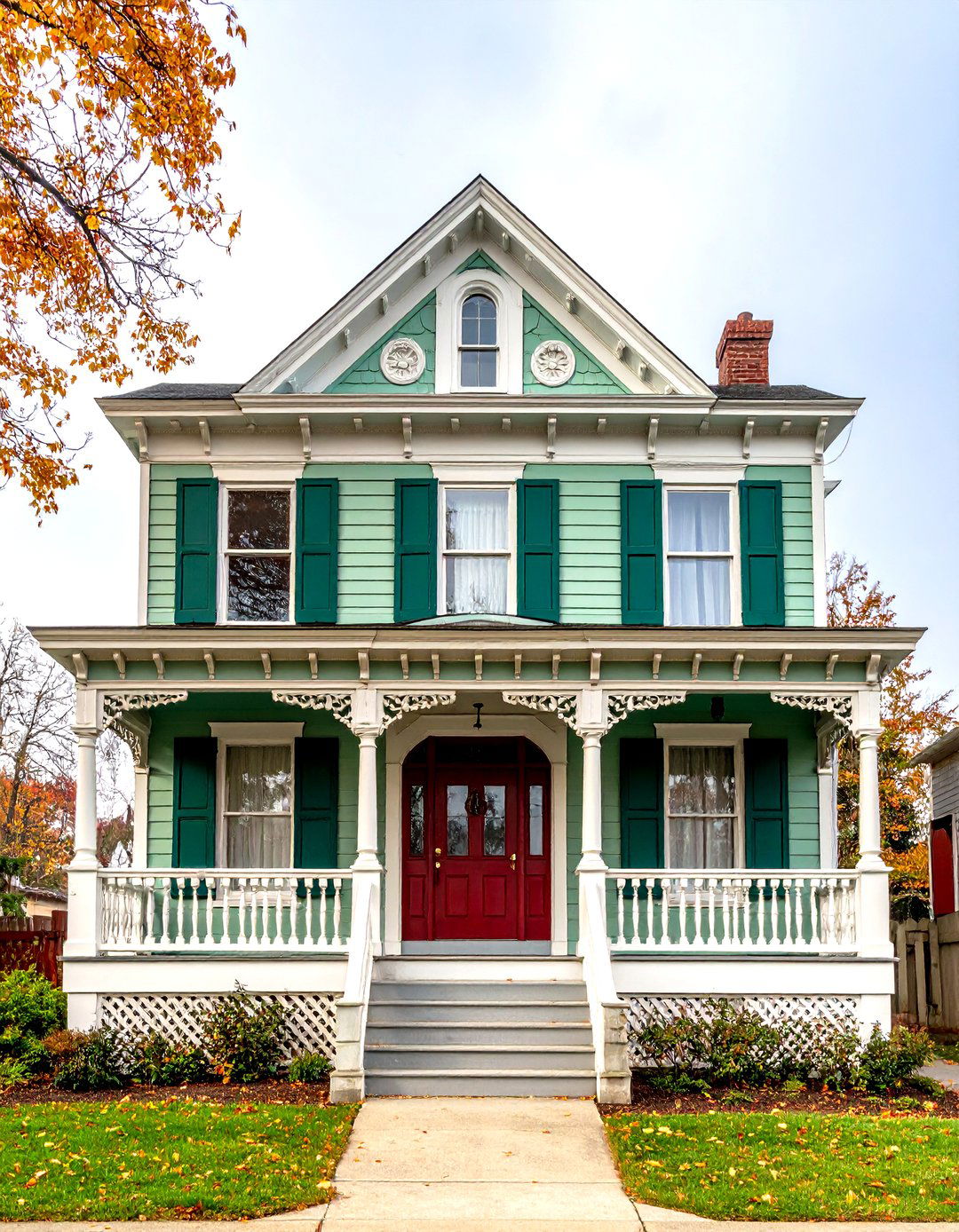
Before safer pigments, Scheele’s Green tinted everything from wallpaper to millwork, despite its toxicity. The Paris Review Modern paint labs replicate the color’s soft yellow-green without arsenic, perfect for highlighting ceiling medallions or bay-window undersides. On exteriors, restrict it to fretwork or porch brackets so the gentle hue catches late-afternoon sun, casting a nostalgic glow. Complement with deeper olive clapboards and rich burgundy doors for an authentic Victorian triad. By containing the shade to trim, you add visual rhythm while keeping the main field calm—an effective strategy when integrating this storied green Victorian house color safely.
18. Rookwood Blue Green—Cool-Toned Green Victorian House Color
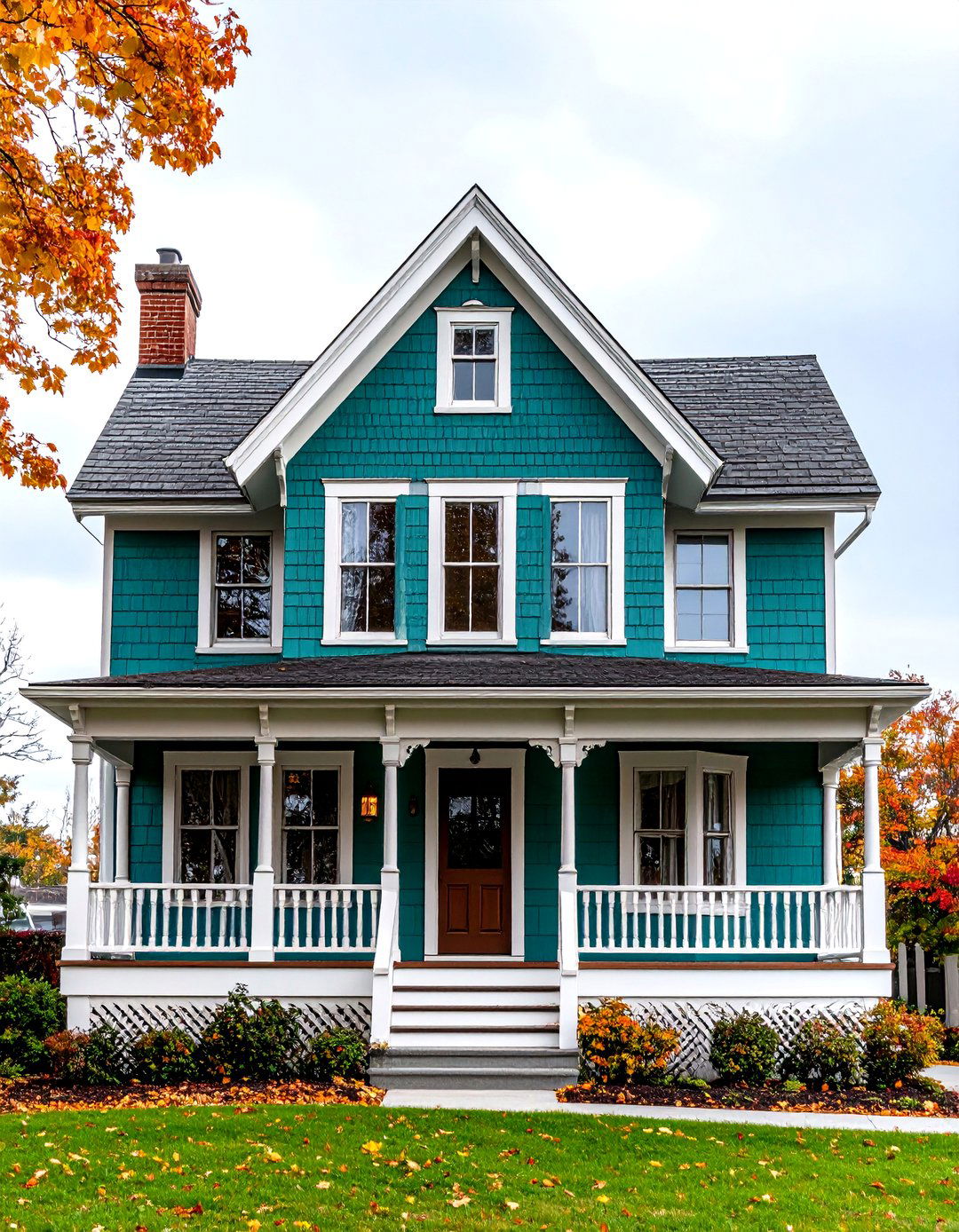
Rookwood Blue Green SW 2811 introduces teal notes that refresh heavy ornamentation without abandoning history. Try it on Sausalito shingles or spandrel panels; the color shifts from sea-green in bright sun to deeper teal during dusk, adding movement. White or very light ivory trim ensures crispness, while a russet or umber accent ties into landscape soil. Because of its cooler bias, this green Victorian house color partners well with slate roofs or zinc gutters, drawing subtle echoes that unify top and body. On coastal properties, it also harmonizes with oceanic backdrops, making the house appear rooted yet breezy.
19. Caldwell Green—Classic Hunter-Style Green Victorian House Color
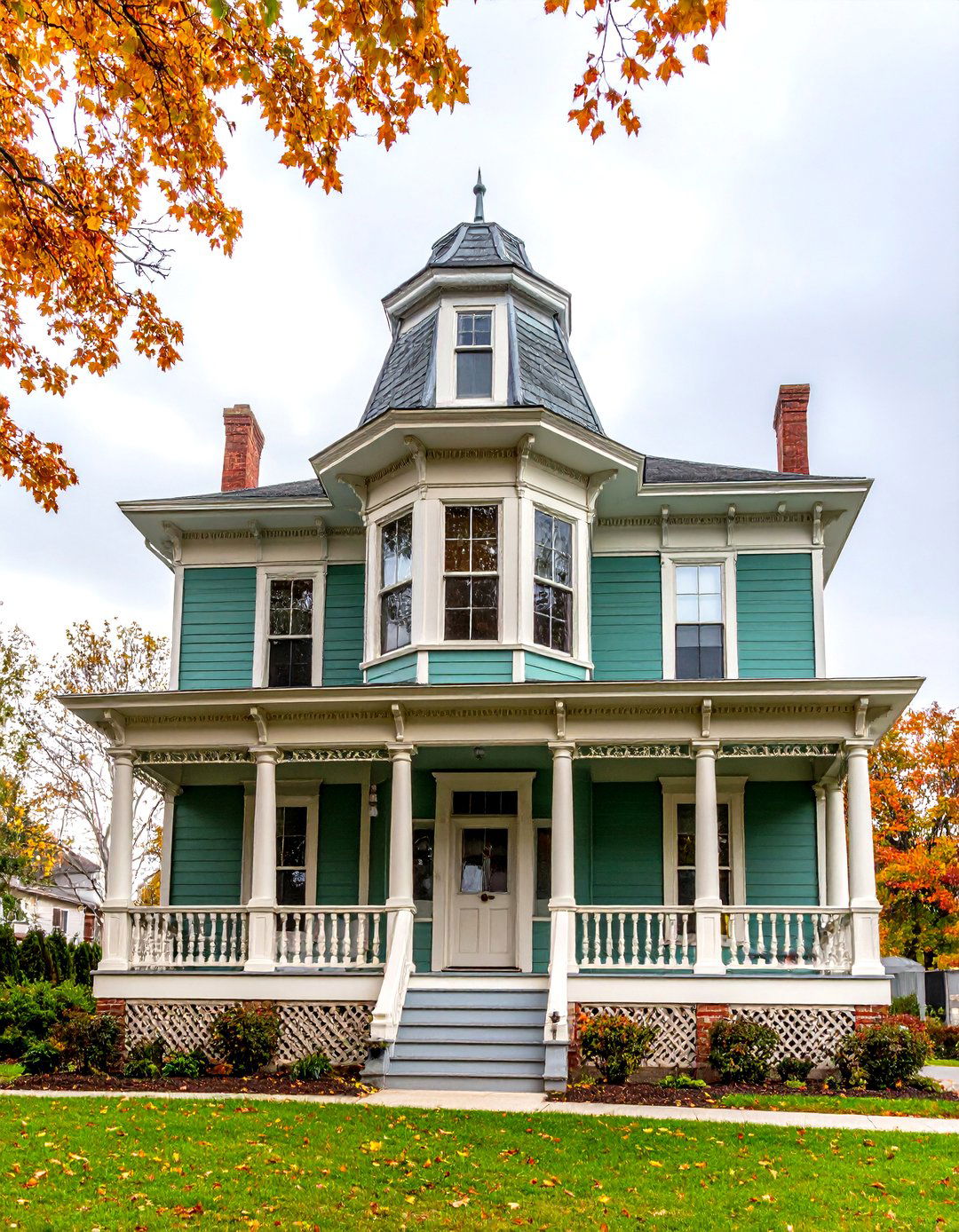
Caldwell Green HC-124 offers a dignified hunter green brushed with slate gray, drawn from a revered historical collection. Benjamin Moore Use it across expansive clapboard planes to anchor turrets and towers visually. To break massing, paint belt courses in a lighter sage and corbels in cream so carved details don’t disappear. A brick foundation or terracotta roof ridge complements Caldwell Green’s cool undertone. Add antique brass carriage lamps for evening warmth; the metal’s yellow hints contrast elegantly with the deep green Victorian house color, ensuring your façade remains inviting after sunset.
20. Hunter Green Heritage—Status-Symbol Green Victorian House Color

Dark hunter greens once signaled wealth, and modern formulations let you channel that prestige safely. Chagrin Falls Painting Apply hunter green to fish-scale shingles on upper stories or to paneled bay windows, pairing with buff trim and maroon sash for period-correct richness. Because it’s darker than foliage, landscaping becomes a layered tapestry rather than camouflage. Semi-gloss enamel on doors adds a subtle mirror effect, echoing antique varnish. Keep hardware in unlacquered brass so it tarnishes to a warm brown, marrying wood and paint beautifully. This powerful yet grounded green Victorian house color will draw admiring glances without feeling ostentatious.
Conclusion:
From time-honored olives to revived emeralds, green Victorian house colors prove endlessly adaptable—able to whisper elegance or shout grandeur depending on shade, placement, and finish. Choosing one of these twenty greens lets your home honor 19th-century artistry while benefitting from modern durability and health standards. Test in natural light, balance depth with thoughtful trim, and watch intricate brackets, patterned shingles, and gingerbread laces glow anew, confirming that in Victorian architecture, green remains the color of lasting charm.


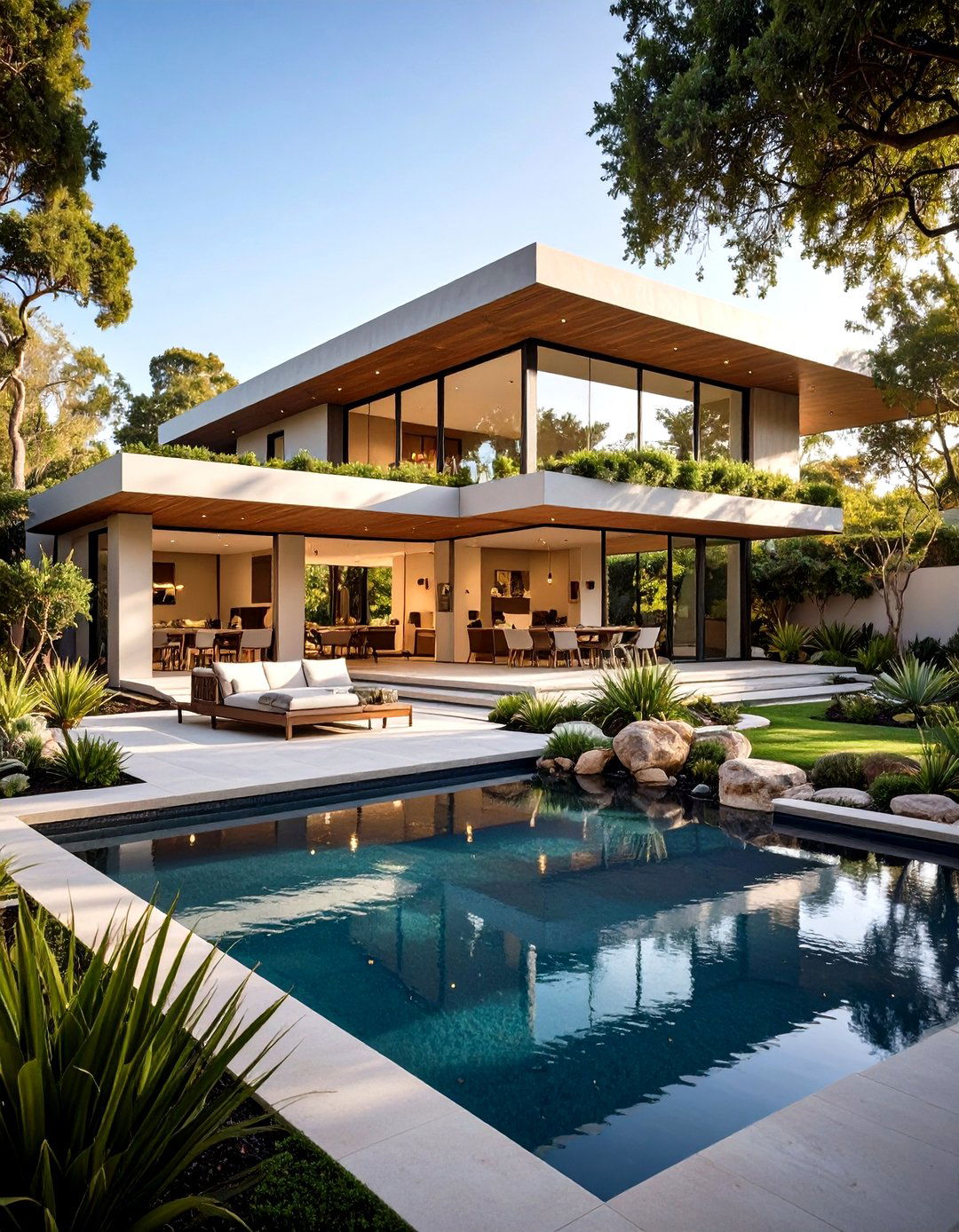
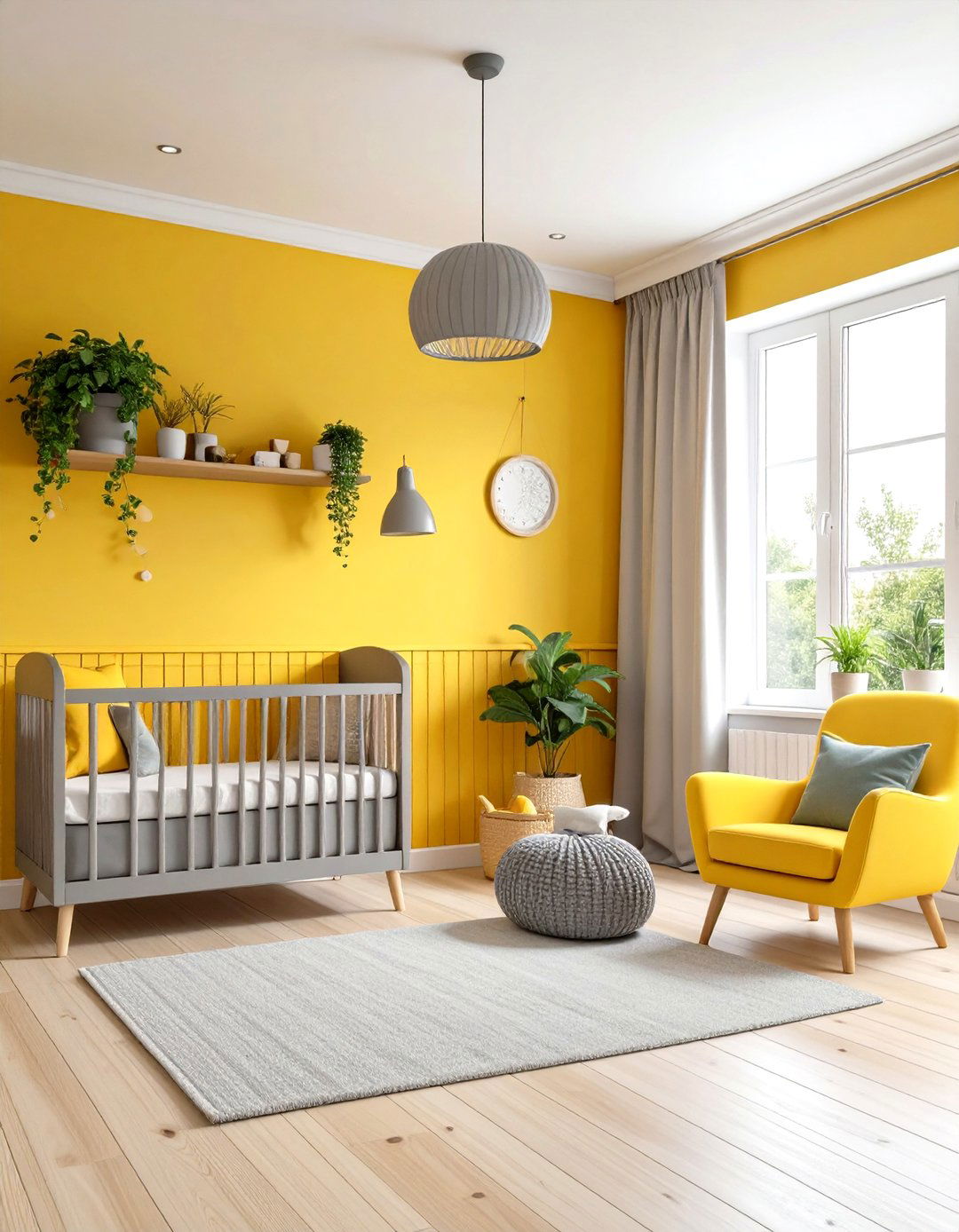
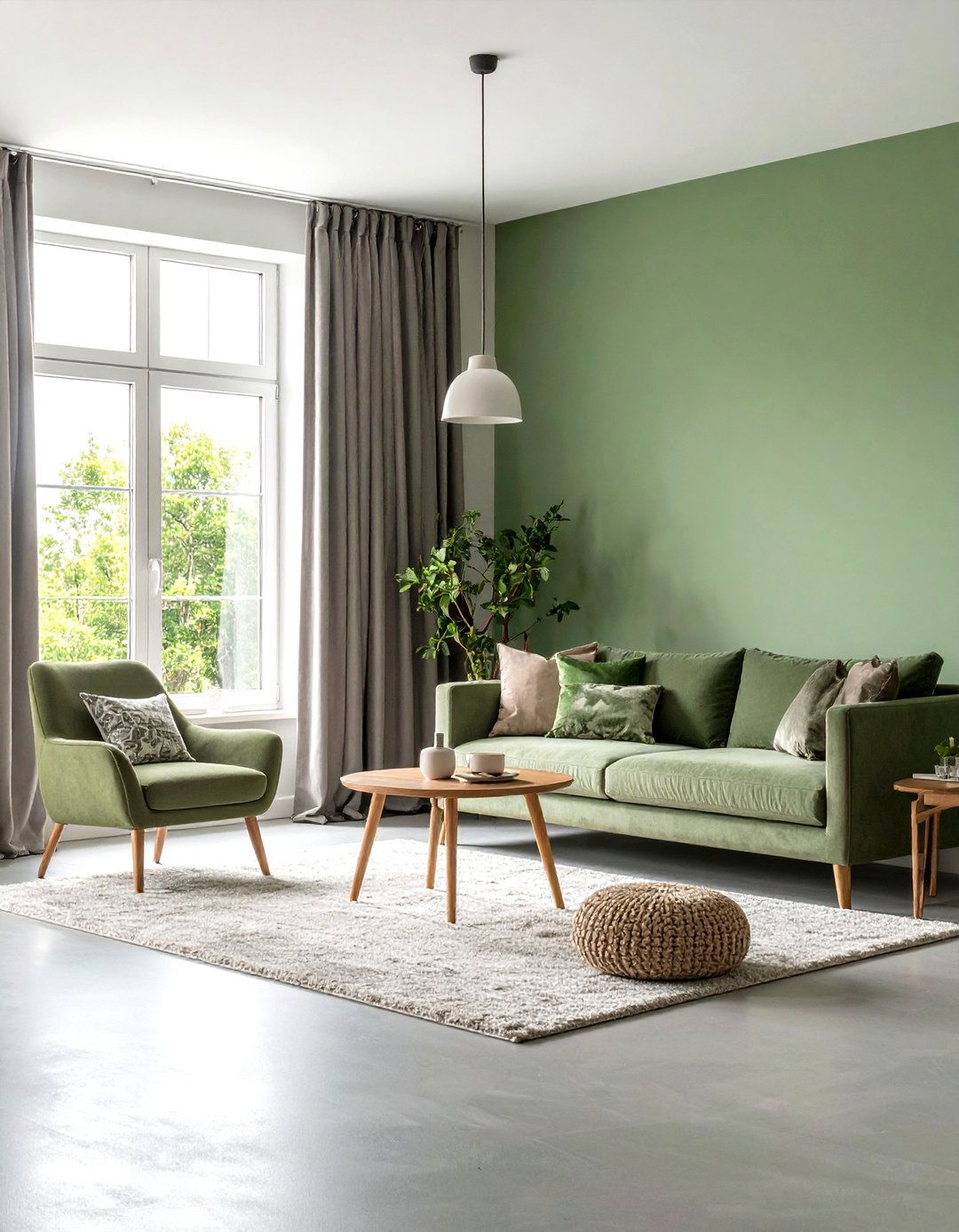


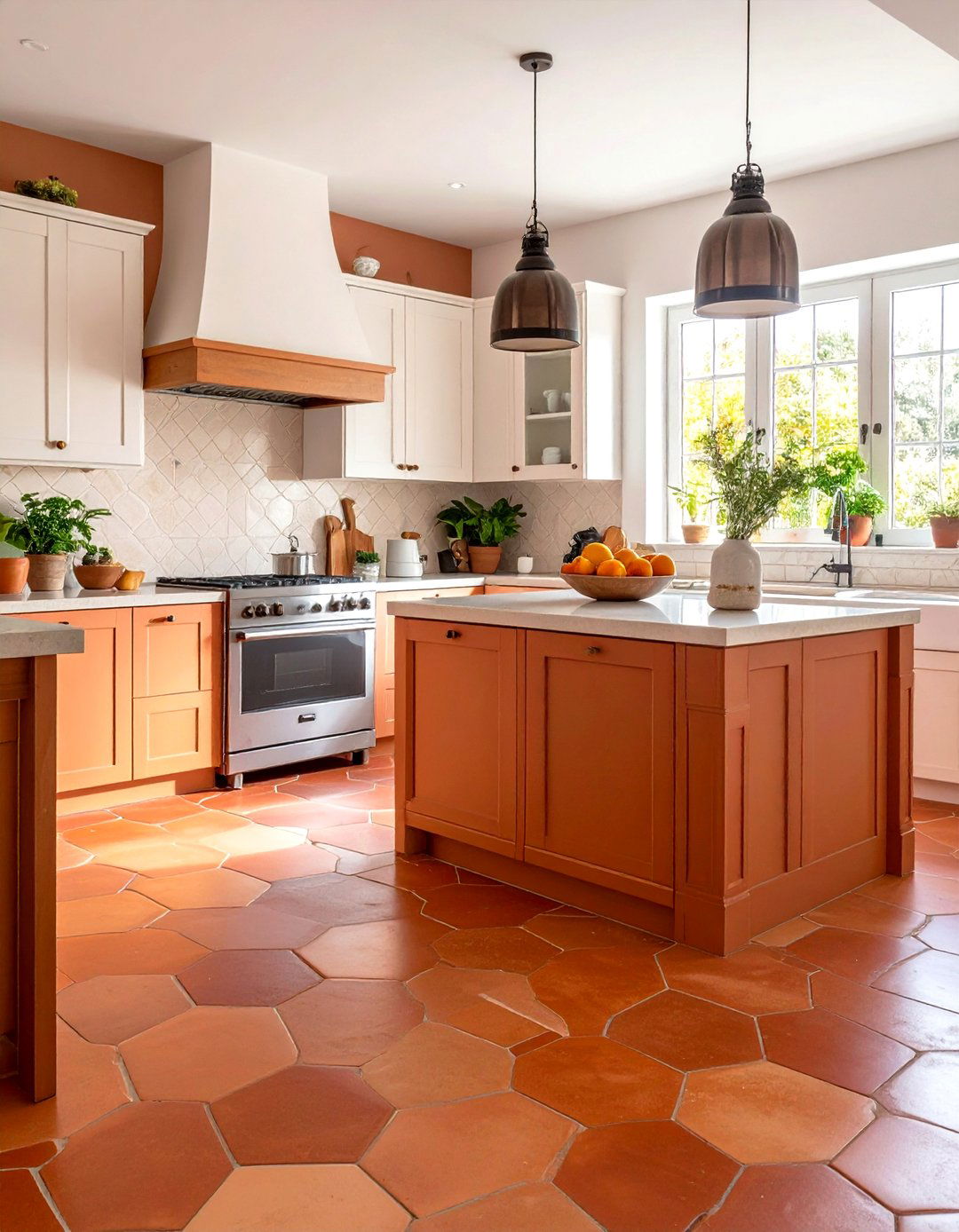
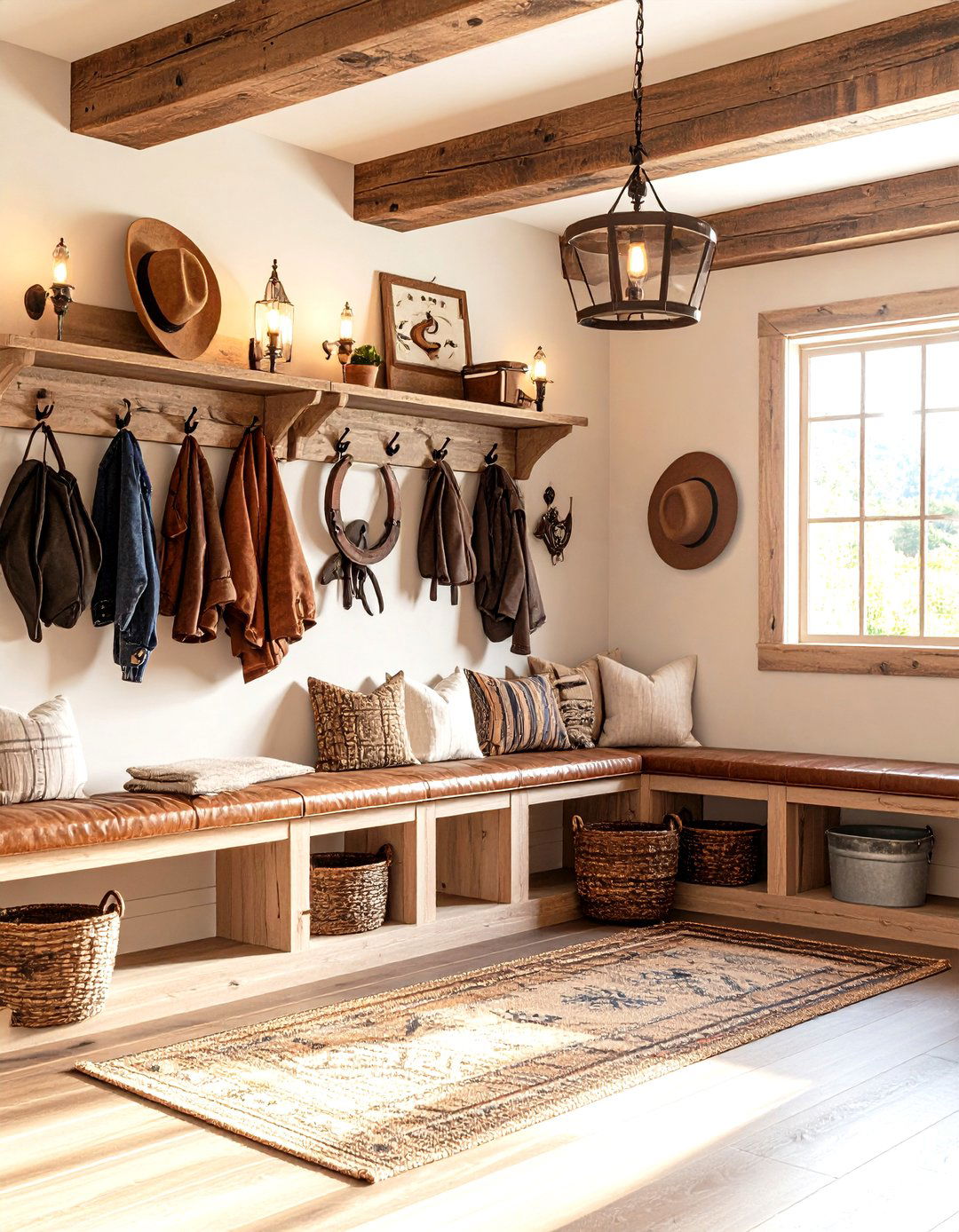
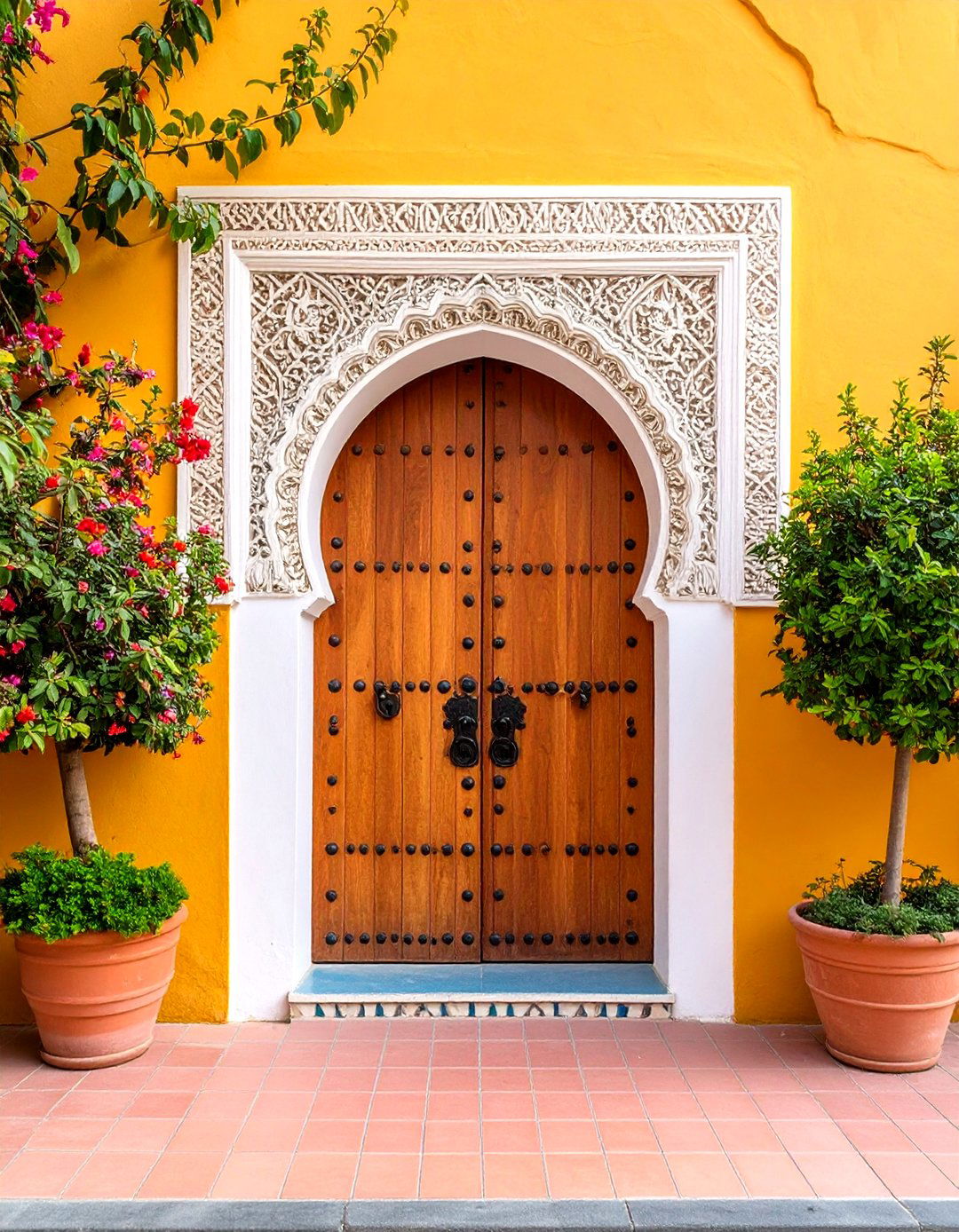
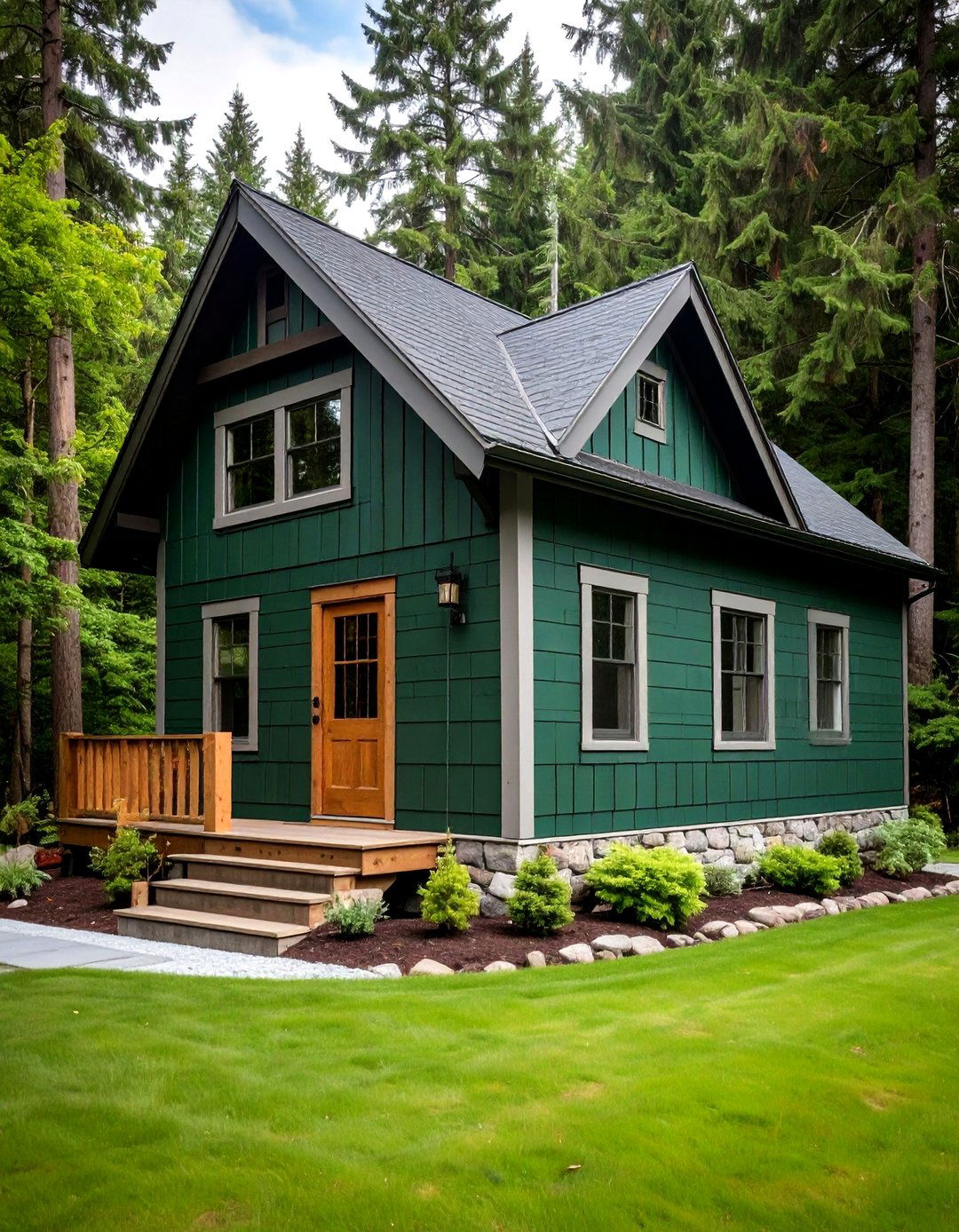
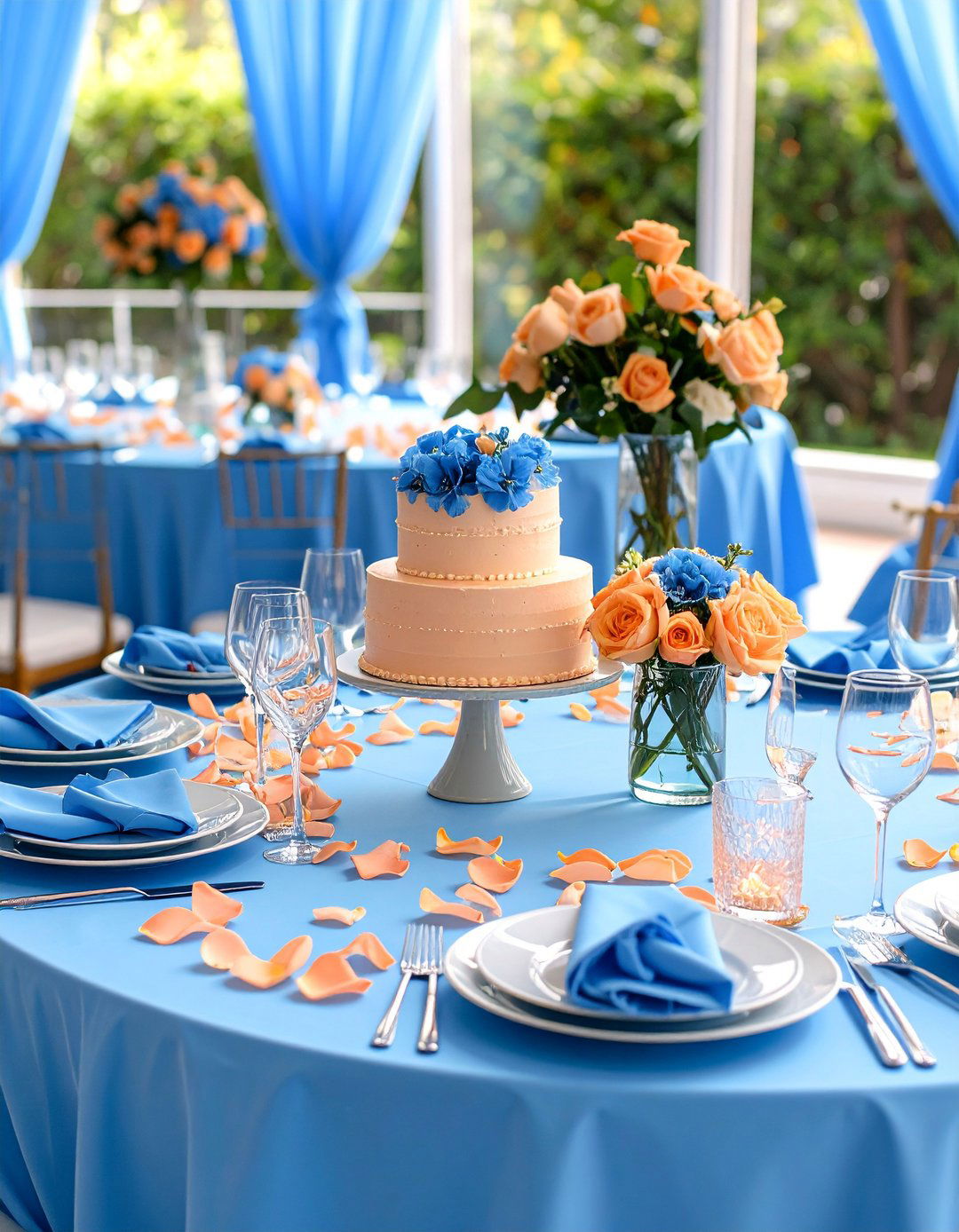


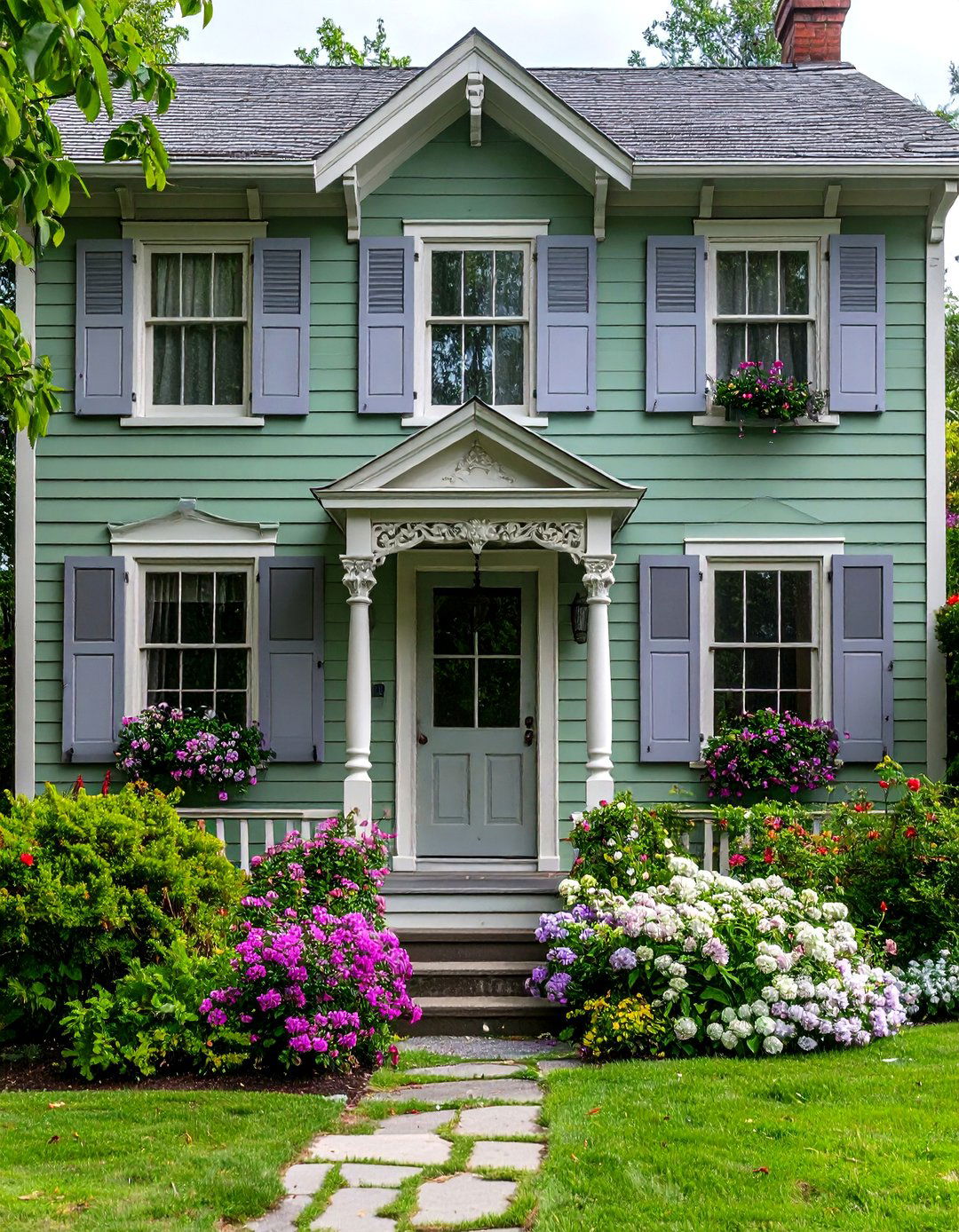
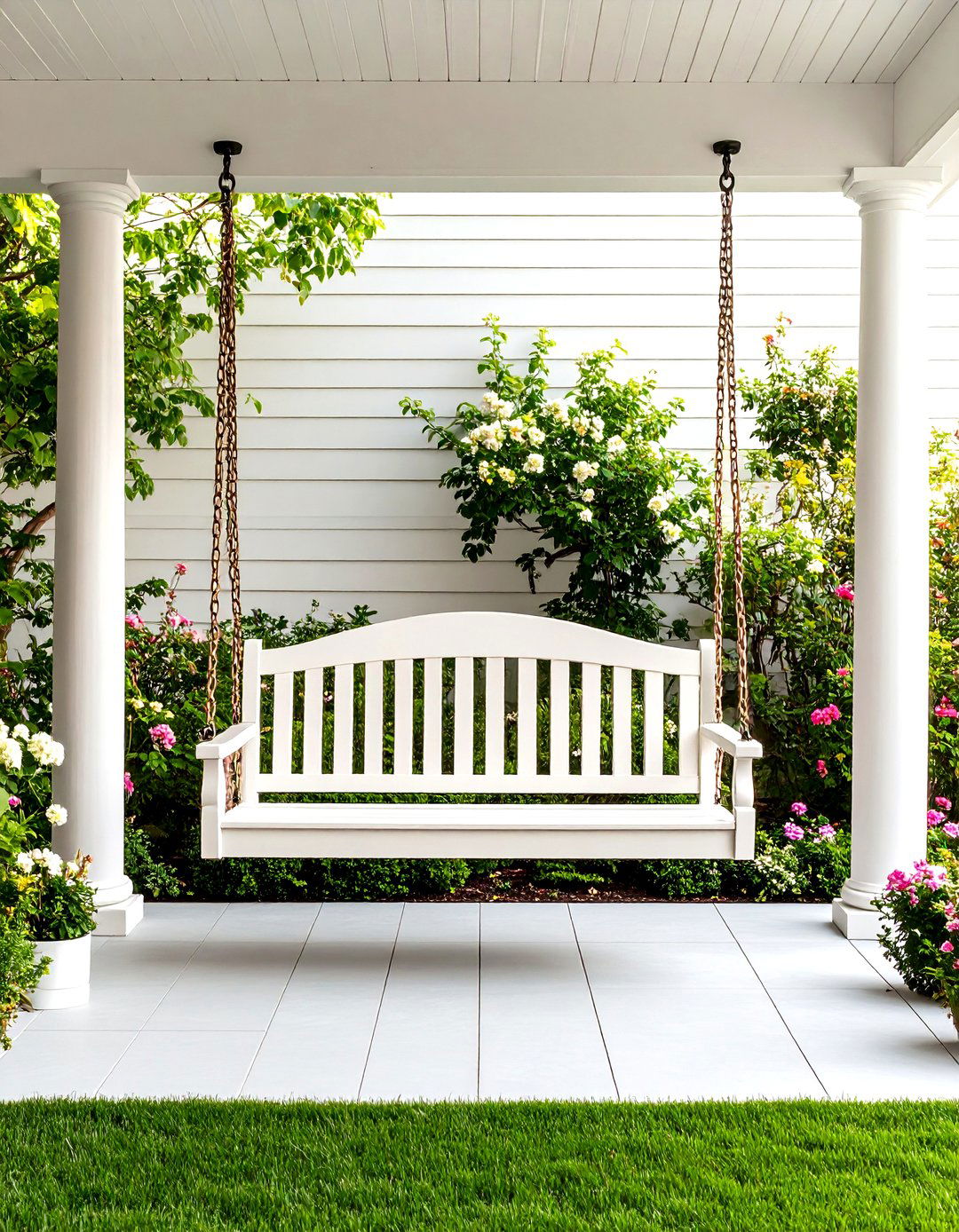
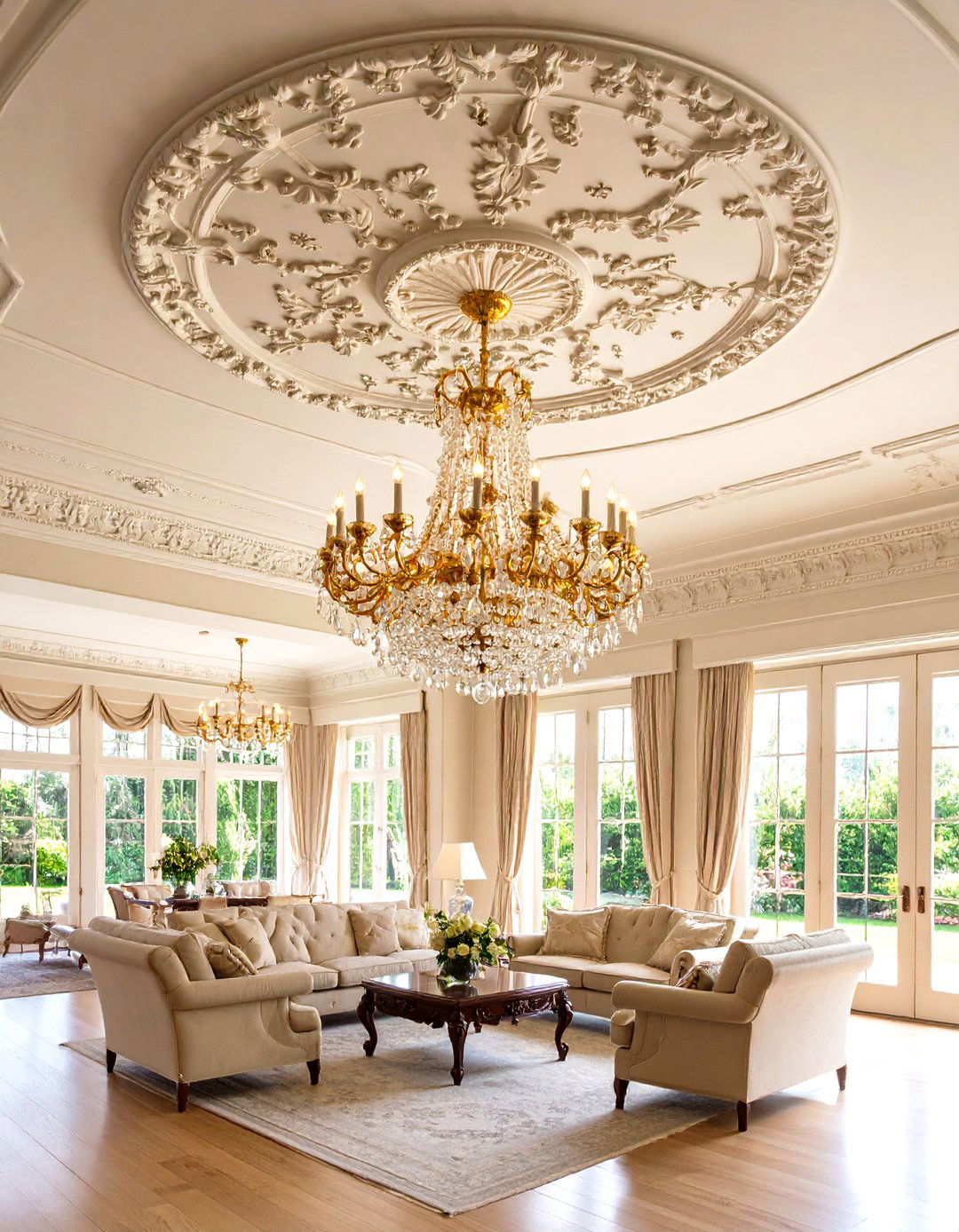
Leave a Reply